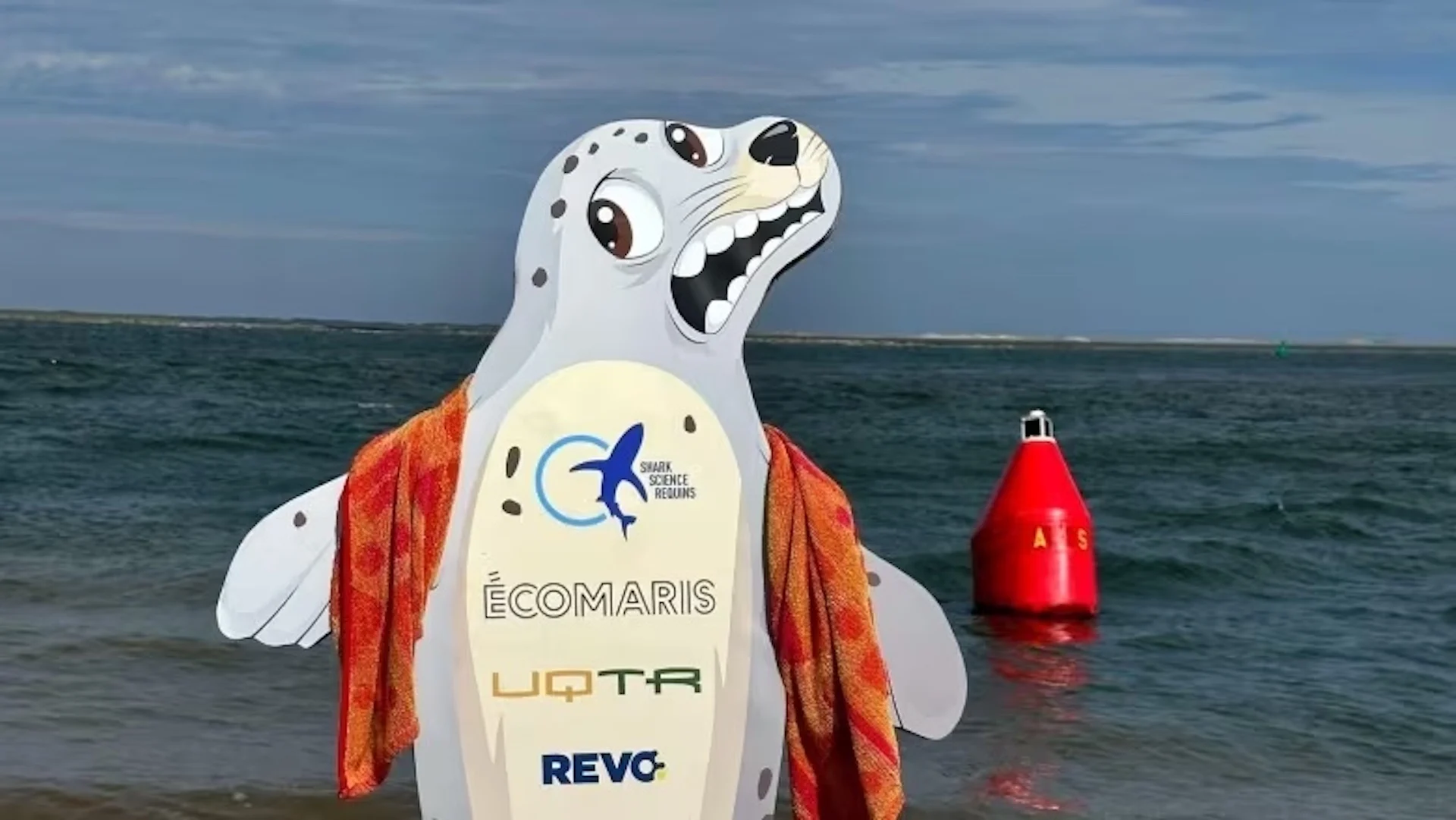
Meet Kenny, the decoy seal researchers are using to attract sharks
Equipped with a camera, turbines and a painted anxious stare, Kenny — a decoy seal made from cork and aluminium — is a Quebec research team's secret weapon this summer.
The figure was designed with one goal — to attract sharks near Brion Island in Quebec's Magdalen Islands and enable researchers from the St. Lawrence Shark Observatory to tag the great white sharks populating the waters.
"Within the last five years there have been more sightings and more and more people that have started to speak about that," said Marc-André Gaudreau, mechanical engineering professor at Université du Québec in Trois-Rivières.
SEE ALSO: Great white shark cage diving expedition coming to Canada's East Coast
Alongside two of his students, Marc-André Baril and William Messier, Gaudreau was in charge of the mechanical design of Kenny — a project that started a year ago and took hundreds of hours to complete.
Gaudreau says the team made the core of the decoy pliable aluminium surrounded by natural cork to ensure sharks won't injure themselves if they chomp down on the figurine.
"It's really chewable," said Gaudreau.
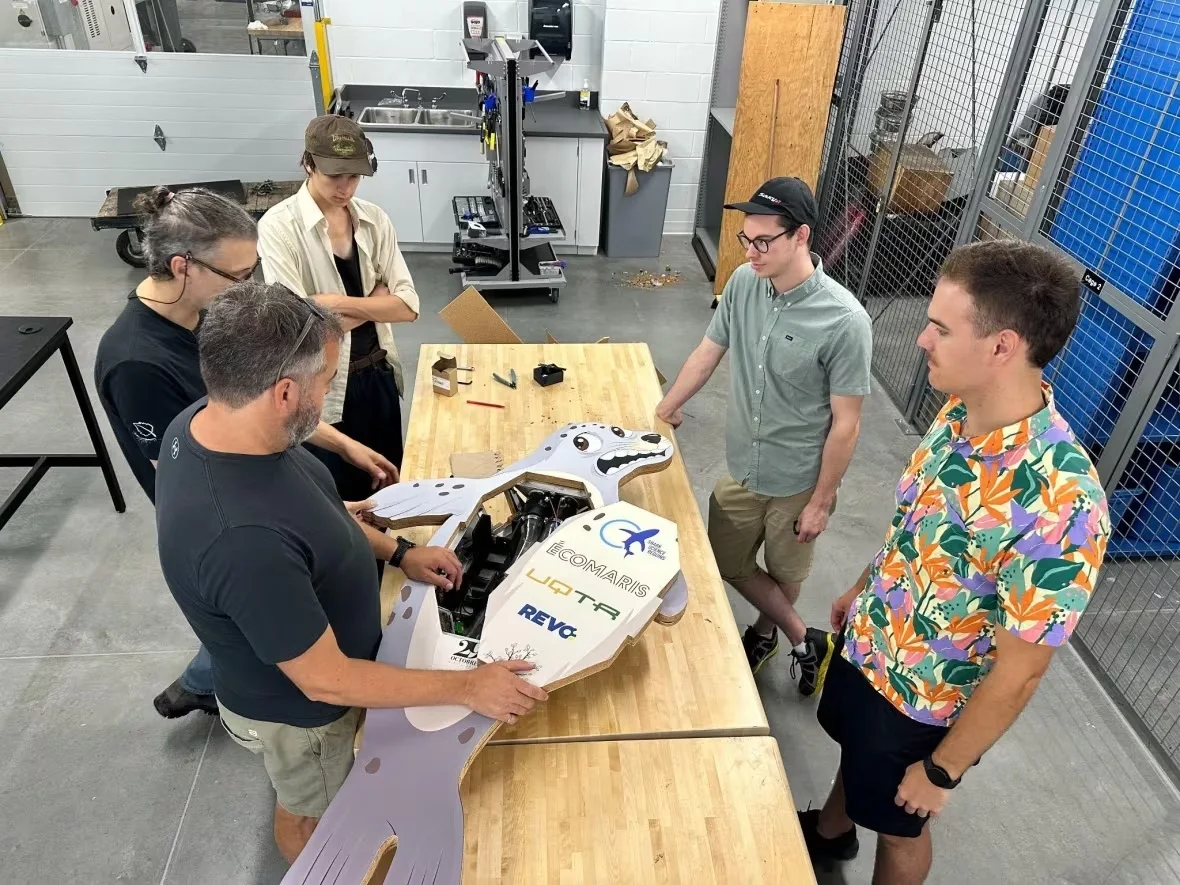
Kenny is equipped with cameras and two turbines that allow the decoy to be remotely controlled. (Submitted by Jeffrey Gallant)
"It's something funny to design a piece of equipment that is so technical and that all you need — all you want — is that it's going to be destroyed."
Once deployed in the water, Kenny will float on the surface behind the boat which leaves from Grand Entry Island, says Gaudreau. Inside the seal are two turbines, allowing it to be remotely controlled. When it's in the water, he says a drone will fly above to monitor the decoy's progress.
'We have high hopes for Kenny helping us out'
Kenny — named after the character who got killed on a regular basis in the animated series South Park — began as an idea last summer when the team tried and failed to attract sharks to their boat using bait, said Gaudreau.
"So as we were on the boat last year looking at what we were doing and what we could improve, we [realized] we needed a decoy," said Gaudreau.
The obvious choice was a seal, the prey of choice for many sharks.
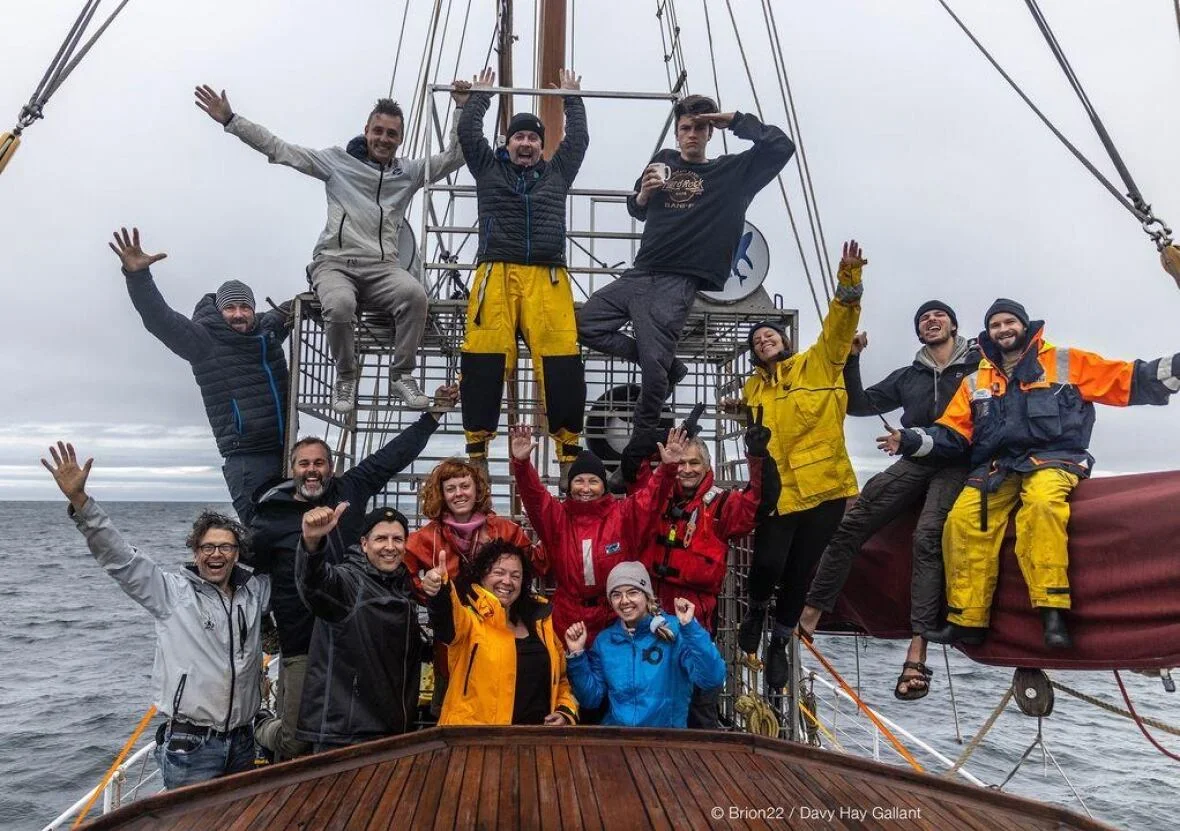
The expedition team from 2022 noticed that seals were the prey of choice for many sharks. (Davy Hay Gallant/St. Lawrence Shark Observatory)
The team also wants to move away from baiting sharks, said Jeffrey Gallant, the scientific director of the St. Lawrence Shark Observatory, because the scientists don't want sharks thinking humans, or boats, are a possible food source.
"If we use Kenny then it just looks like something natural and so the interactions would be safer, I guess, for people and surfers," said Gallant.
That decoy will be used for the first time in the water on Wednesday. Speaking from the deck of the boat which departed from Grand Entry Island on Tuesday, Gallant says the team that is preparing for the mission has already seen two great white sharks.
"We have high hopes for Kenny helping us out … As far as we know nobody's used one in Quebec yet and maybe not even in Canada," said Gallant, who helped design it.
"Usually you have to be out there for some time before the sharks get acclimatized to the boat," he said. "So we're hoping to get our tags out this time so that we can learn more about their distribution and how they use their habitat on a daily basis."
'Juvenile' sharks attracted to region's seal population
Gallant says during last year's expedition — which was cut short due to the weather and hurricane Fiona — the team detected four sharks in just half a day.
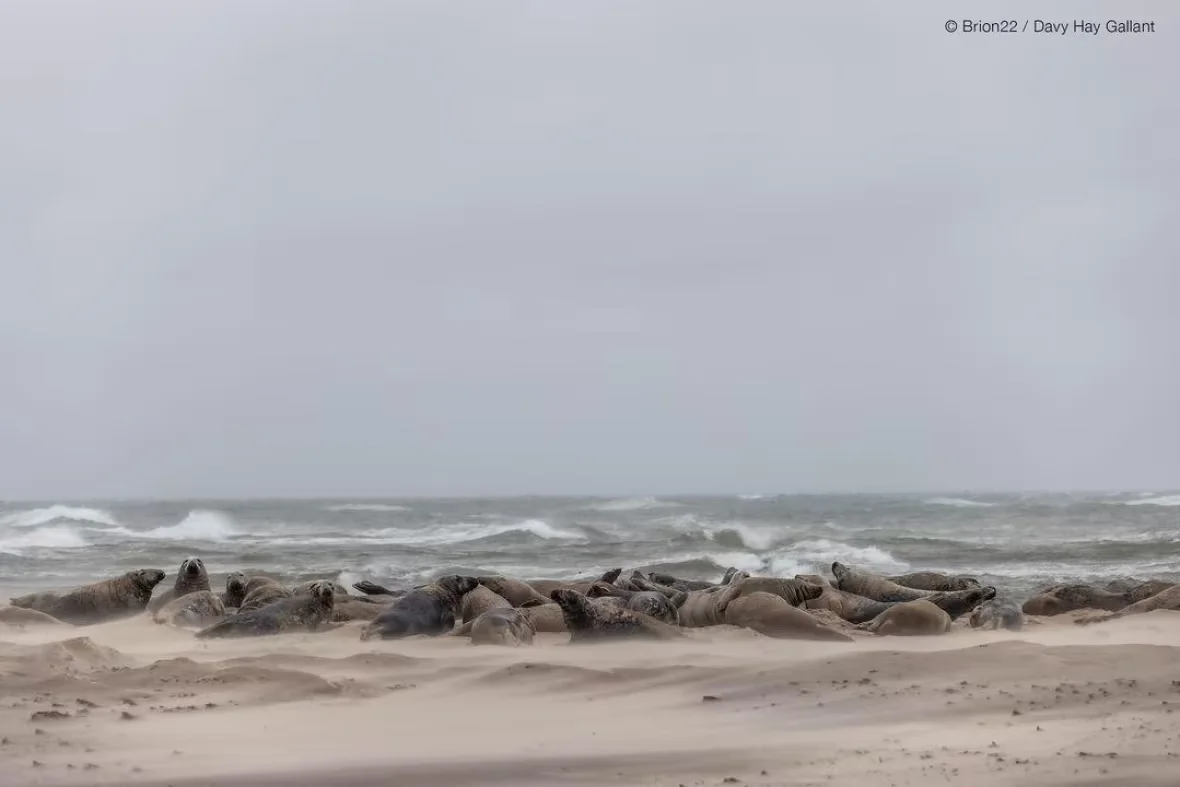
The team got a permit to have shore excusrions on Brion Island in 2022 to document seals killed or injured by great white sharks. (Davy Hay Gallant/St. Lawrence Shark Observatory)
"The first thing we noticed last year is that when we got to the location, none of the seals came out to look at the boat, which is what they usually do," said Gallant.
"We saw that the seals didn't stray more than 150 feet [45 metres] from shore. It's almost like there was an invisible line and they know that there are sharks lurking out there … That was the first indication that there were sharks in the area."
Upon inspecting the shoreline, Gallant says the team found many dead seals and seals that had bite marks and wounds from sharks. His team suspects the seal population is attracting the sharks in large numbers to the region seasonally.
"We think that most of the sharks in the Magdalenes are juveniles or subadults and they're transitioning from a fish to a marine mammal diet," said Gallant.
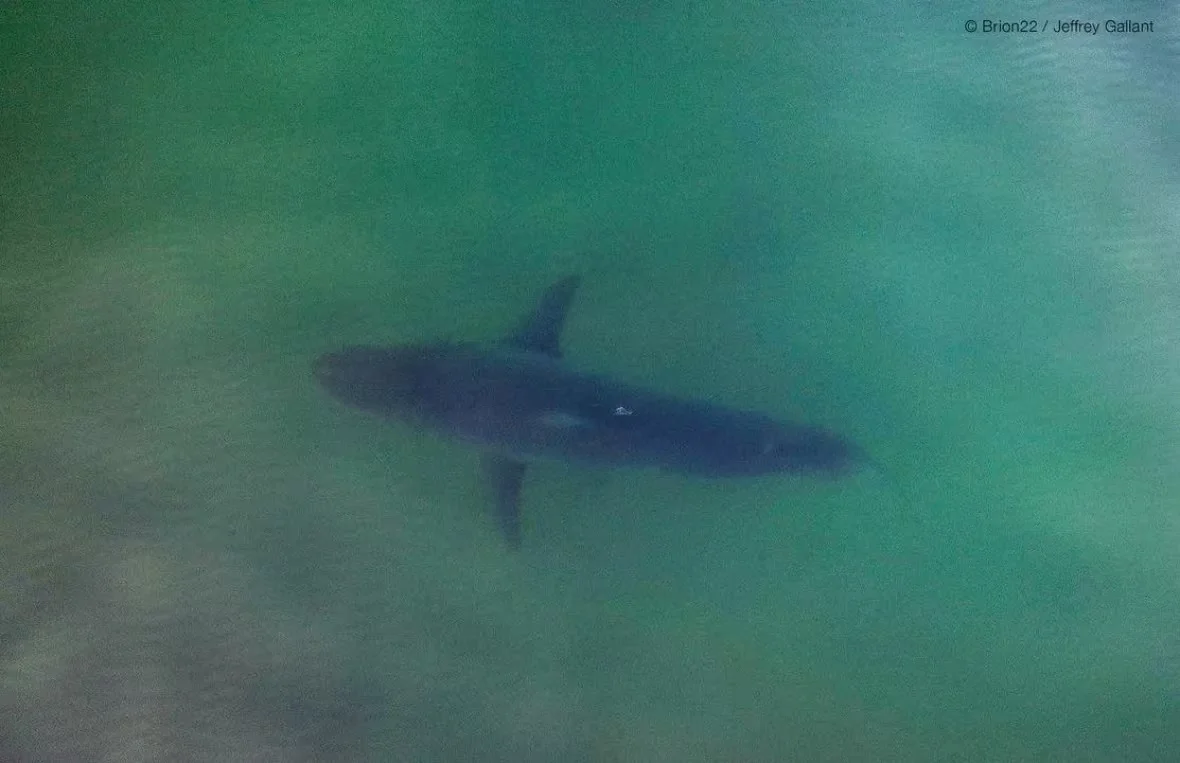
A white shark photographed by the team in 2022 near Brion Island. (Jeffrey Gallant/St. Lawrence Shark Observatory)
"So some of them are just not used to hunting seals and that may explain why we see so many seals that have gotten away."
A spare Kenny
In the event that Kenny the decoy suffers any damage in the attempt to lure sharks, Gaudreau says the team is equipped with a spare.
"We have Kenny A and Kenny B. I'm thinking that maybe one day we'll get to Kenny G," chuckled Gaudreau.
"We're hoping it's going to get damaged," he said, "because that will mean that we've encountered a lot of sharks and that's the purpose of the expedition."
WATCH: Cage diving with great white sharks is coming to Nova Scotia
Thumbnail courtesy of Jeffrey Gallant via CBC.
The story was written by Rachel Watts and published for CBC News.










